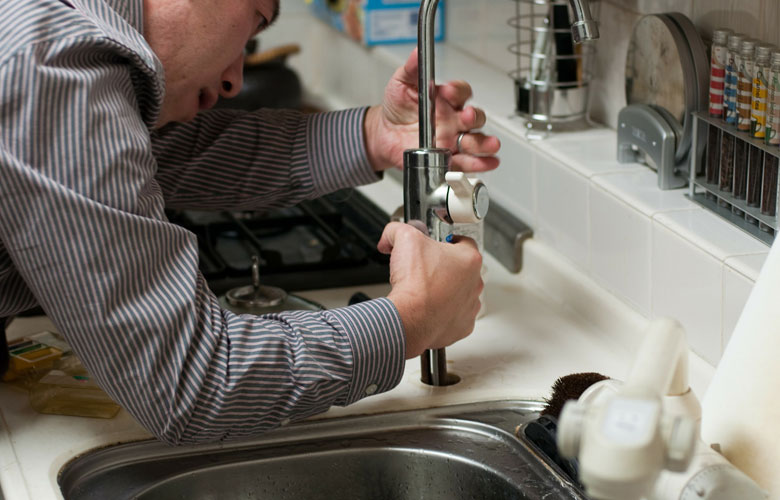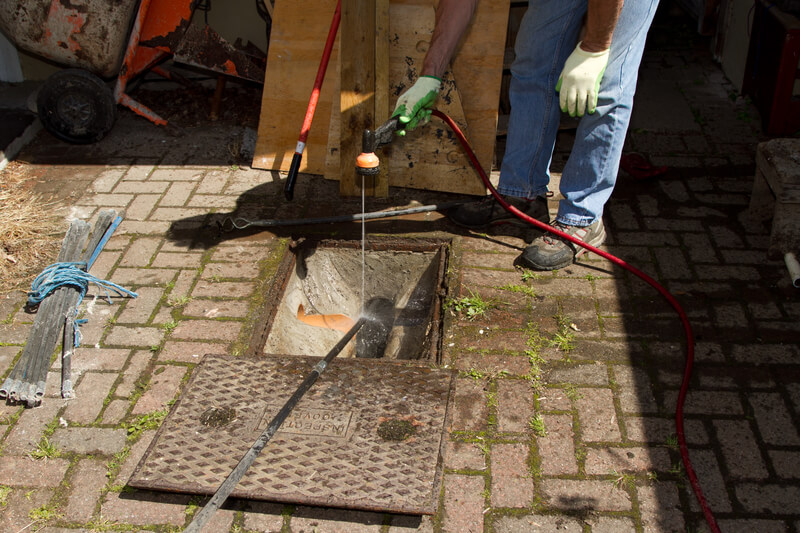What are your ideas about Tips for Dealing with Clogged Drains and Sewer Lines?

Introduction
Managing a blocked drain can be an irritating experience, interfering with day-to-day activities and potentially causing damage to your property. However, before reaching out to pipes professionals, there are steps you can take to deal with the problem on your own. In this overview, we'll check out DIY services and preventive measures to tackle a blocked drainpipe efficiently.
Identifying the Issue
The initial step in addressing an obstructed drainpipe is identifying the indications. Slow water drainage, gurgling noises, foul odors rising from drains pipes, or water support up prevail indicators of a blocked drain. Identifying these indicators early can aid prevent further problems.
Selecting the Right Pipes Service
When selecting a pipes solution, consider factors such as experience, licensing, and customer testimonials. Pick a respectable plumbing with a record of high quality workmanship and transparent rates techniques.
Price Factors to consider
The expense of specialist drain cleaning company can differ relying on the seriousness of the obstruction and the plumbing's rates. Request quotes from numerous suppliers and inquire about any kind of additional charges to ensure transparency and prevent surprises.
Safety Precautions
When trying do it yourself drainpipe cleansing, prioritize safety and security. Use protective handwear covers and eyewear to stay clear of contact with hazardous chemicals or bacteria. Never ever mix different drainpipe cleaning products, as this can create hazardous fumes.
Instance Studies
Real-life examples illustrate the efficiency of DIY options and the value of prompt specialist treatment in dealing with drainpipe obstructions.
Usual Root Causes Of Blocked Drains
Comprehending the elements that contribute to drain clogs is essential for efficient resolution. Usual offenders include hair, soap residue, grease, food debris, and international items like hygienic products or paper towels. Tree origins getting into below ground pipes can additionally trigger significant obstructions.
Do it yourself Solutions
For minor clogs, a number of do it yourself services can be effective. Putting boiling thin down the drain can assist dissolve oil and debris. Baking soda and vinegar or a combination of salt and baking soda can serve as natural cleaners. Using a bettor or pipes serpent to dislodge obstructions is one more option.
Tools and Devices
Having the right devices available can make DIY drain cleaning a lot more reliable. A bettor is a functional tool for clearing blockages in sinks, bathrooms, and showers. A pipes snake or auger can get to much deeper obstructions, while drain cleansing chemicals can be made use of meticulously for persistent obstructions.
Preventive Measures
To prevent future blockages, taking on safety nets is important. Set up drainpipe guards or strainers to catch hair and debris before they go into the pipelines. Routinely flush drains with hot water to liquify oil buildup, and prevent getting rid of grease or strong waste down the tubes.
When to Call a Specialist
While do it yourself services can deal with minor clogs, specific signs show the requirement for professional aid. Consistent blockages, foul odors regardless of cleaning up initiatives, or multiple drains pipes backing up concurrently are red flags that call for expert intervention.
Final thought
By following the pointers laid out in this overview, you can efficiently take on blocked drains and avoid future plumbing issues. Whether choosing DIY services or seeking professional aid, punctual activity is crucial to preserving a healthy pipes system and protecting the stability of your home.
How to Clear a Clogged Drain Yourself (And When to Call In the Professionals)
What Can Clog a Drain
Dirt Skin flakes Hair Grease Soap scum Food Offset pipes Tree roots Small objects Mineral buildup DIY Tricks to Unclog a Drain
You can fix this! Once you have identified the source of the clog (or have a vague idea), you can try one or a combination of these fixes in order to clear your plumbing.
Wire Hanger or Snake
Untangle and clear out hair from a drainpipe with a homemade snake. Use a straightened-out wire hanger with a 90-degree angle hook to locate the clog and drag out any unwanted material.
Remember not to push the clog further down to where the wire hanger cannot reach! If you need to follow up with a plunger, give it a try. Your efforts might be more successful after it’s been wire-snaked.
If you want to get fancy and don’t have a wire hanger to spare, head to the store and pick up a hand-operated drain snake. You can get one for $10-$30. It may save you the hassle, and provide additional length to reach deep into the clogged pipe.
Plunger
A cup plunger has a suction cup attached to a wooden handle. The rubber creates a seal around the drain, and increases the pressure force of the plunger.
Plunge for 30-second increments to loosen the clog. This may need to be repeated over the course of 15-20 minutes. Once plunged, run the water to flush the remaining material out of the drain.
Remember– never use a plunger if you have used a chemical drain cleaner. These chemicals can splash up from the force of the plunger and cause serious injury or burns.
Boiling Water
Hot water can sometimes break up materials into a flushable amount. Dirt, grease, and soap buildup requires heat in order to unstick from surfaces.
Take your kitchen kettle and heat your water to a boil. Once it reaches a rolling boil, pour it directly down the drain into the blockage. Carefully follow with plunging, if necessary.
Don’t worry if this takes more than one try! It can often take multiple kettles and repeated plunging in order to clear a particularly stubborn clog.
Chemical Drain Cleaner
As a last resort, pick up a bottle of chemical drain cleaner. Drain-cleaning chemicals are potent, and not very good for the environment.
You may need to wear protective eyewear in gloves before handling your bottle of chemical drain cleaner. Follow the instructions printed on the bottle, and flush with water as soon as the instructions allow. Do not follow with plunging.
Baking Soda and Vinegar
As a safer alternative to chemical drain cleaner, baking soda and vinegar can create a chemical reaction that clears tough clogs.
Combine one cup of cleaning vinegar with one cup of boiling water, and set aside. Once you have done this, pour half a cup of baking soda down the drain. Give the baking thirty seconds to settle and cover a large portion of the problem drain.
Following the baking soda, pour down your vinegar and hot water solution. Once the vinegar and baking soda combine, the mixture will bubble and fix. Let this reaction fizzle in the drain for about an hour.
After an hour, follow with a kettle’s worth of hot water. The heat and liquid should flush out any remaining material.
When to Call a Plumber
If your DIY attempts haven’t cleared your clog drain, it’s time to call in a professional. It’s not worth losing access to your kitchen sink or high-traffic bathroom. A clog in a vital area can keep you from the things you’d rather be doing, and derail your routine.
Anytime a clog is causing water to spread is a time to call in a plumbing service. What starts out as a little bit of water can quickly grow into serious, expensive water damage.
Additionally, a serious clog can result in burst pipes or serious leaks. Make sure you know when to take it seriously!
https://myguysnow.com/how-to-clear-a-clogged-drain-yourself-and-when-to-call-in-the-professionals/

I am just very drawn to What I learned from trying to deal with a clogged drain and I hope you liked my blog posting. Sharing is caring. You just don't know, you may be helping someone out. I praise you for your time. Kindly pay a visit to our website back soon.
Additional Resources